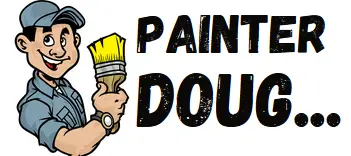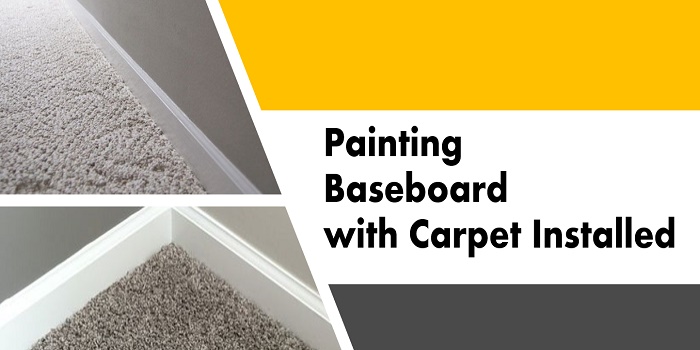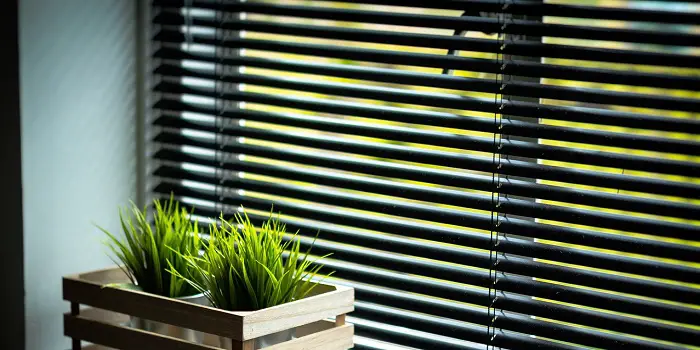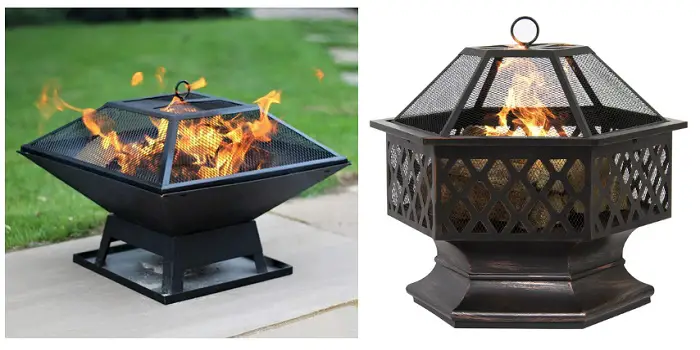
A fire pit is a place where friends and family gather to cook food, share stories, sing songs, and more. With so many memories made around the fire pit, it makes sense to put one in if you have the space for it.
However, you may notice after a few fires that the pit starts to look old, dull, and somewhat haggard. That’s when you need to apply paint to spruce it up.
But ordinary spray paints will not do that well. You will need to apply the right type of high-heat paint to the fire pit, and Rust-Oleum is one of the safest options for the job.
Rust-Oleum High Heat Paint is designed to be applied to the outside of barbecue grills or fire pits that can withstand up to 1200 degrees F.
You can also use this particular quality of the paint over wood stoves, radiators, fireplace screens, automotive parts, and more.
What's Here in the Article:
How to Spray Fire Pit with Rust-Oleum High Heat Paint?
To get started, you will need a couple of Rust-Oleum High Heat Ultra Enamel Spray cans. You can choose from options such as Aged, Black, Copper, or Silver for the best results.
Krylon High Heat Max is also another excellent option for high-temperature paint, offering a durable, heat-resistant finish that works well for grills, fire pits, and other outdoor metal surfaces.
Choose the color that best complements your outdoor space and be sure you are outside, so there is plenty of air movement and you do not feel stuffy or uncomfortable while working.
In addition to the sprayer, you will need the following products.
- 3M Sandpaper, coarse grit, Stripping Pad, and Drop Cloth
- Denatured Alcohol, Dish Soap, Gloves, Washcloth, and Water
Step 1- Get rid of rust
Once you have purchased the paint, the first step for refinishing is to prep the old rusty fire pit.
Prepping begins by removing any rust from the fire pit before you spray on the product. It will not only remove the rust but also prep the surface for applying the new paint, ensuring a smoother finish and better adhesion.
- Use the sandpaper to remove any buildup of rust, along with any paint that is chipped.
- Sand in circular motions to ensure even coverage, focusing on the areas with the most damage.
- Finally, wipe the surface clean to remove any dust or debris.
Step 2- Rinse & wash the fire-pit
After the rust has been removed, use soapy water and a stripping pad to remove all loose particles from the fire pit. Be sure to wash, scrub, and rinse the entire surface, paying extra attention to any crevices or hard-to-reach areas.
Let it fully dry before proceeding to the next step, ensuring no moisture remains to avoid rusting or damage to the surface.
Step 3- Clean with denatured alcohol
Put on your gloves and apply the denatured alcohol to the entire surface using a clean cloth or sponge. This will remove any dust particles that are remaining after sanding. Be sure not to let the denatured alcohol touch your skin, as it can be harmful.
Once you’ve covered the surface thoroughly, allow it to dry, which should only take about half an hour, ensuring that no moisture is left before you proceed with painting.
Step 4- Spray the high heat paint to your fire-pit
Put the fire pit onto the drop cloth. Now, shake each can of spray paint to get it ready and apply.
Use side-to-side or back-and-forth motions to apply the paint in even layers, holding the can about 12” from the surface.
Apply a light coat to avoid dripping, wait a few minutes, and apply a second light coat.
You should apply the paint no later than the early afternoon and let it sit for two, three, or more hours before using the fire pit that evening. Depending on the humidity, it is going to take a couple of hours or perhaps more for the paint to fully dry.
Do you need to apply the primer before high heat paint?
Most high-heat paints are engineered to bond straight to the surface without any primer. This is especially true for specialty coatings designed to handle the heat on materials like metal and ceramics.
In fact, applying primer could mess with the paint’s grip and curing process. So, in this case, skipping the primer might just be the smartest move. But, as always, check the instructions on the paint can or manual for the best results—because a little guidance never hurt anyone.
Is it safe to paint the inside of my firepit with high heat spray?
While high-heat spray paint can handle the heat, it’s best reserved for the outside of your fire pit or grill. These paints are made to endure high temperatures, but they’re not built to survive the intense, direct heat on the inside, where all the cooking action happens.
Painting the interior could cause the paint to break down, potentially releasing harmful chemicals that might spoil your food. So, keep it on the outside to stay safe and sizzle away without worry.
How Do High Heat Paints Fight Against the Fire?
Heat-resistant paint is quite common, inexpensive, and effective in slowing down the flames.
For both residential and commercial properties, the proper use of heat-resistant paint can help to protect the structure until the fire can be put out.
Most fire-resistant paints are made from silicone, epoxy phenolic, epoxy novolac, or a more sophisticated multi-polymeric composition.
Their fire-retardant nature makes them the perfect addition to surfaces that protect them from the heat of a fire.
Paints that are designed to withstand heat are designed to remove the heating effect from the surface.
In other words, the paint will stay intact and protect the underlying surface from the ravage of heat which includes charring, burning, and scorching.
With heat resistance up to 700 degrees Celsius, such paints can withstand much of what a fire can deliver in terms of damage.
Some heat-resistant paints will release gasses that minimize the spread of the fire over the surface.While other paints will create a coating that protects the underlying surface for longer periods.
However, even the best fire-resistant paints will not last forever and eventually, they will fall apart, allowing for the surface to become heated and burned.
But the good part is the paint will buy important time for you to put out the flames using other methods.

The Best Rust-Oleum Spray Paint to Choose for Your Fire Pit
The outside of a fire pit can heat up to 800 degrees F. And there are Rust-Oleum brands of paint that can withstand more than that.
Specifically, Rust-Oleum High Heat Ultra Enamel Paint is designed to withstand temperatures up to 1200 degrees F, which makes it perfect for your fire pit. It also works on the outside of wood stoves and BBQ grills.
You will not want to use standard Rust-Oleum paint as that will only withstand 200 degrees F.
Keep in mind that the paint should only be applied to the outside of the pit. It should not be exposed to flames.
You may also wonder why you should use a rust-preventative for your high-heat paint.
The answer is that Rust-Oleum High Heat Ultra Enamel Spray provides a deep color along with a sheen that prevents the metal from the elements. This will help it look in like-new condition for quite some time.
If you are not going to use Rust-Oleum, you will need to choose a high-heat paint that is right for the surface on which it will be applied.
Not all brands offer the same rating for heat resistance, so you should shop around, looking for paint that is designed for use on engine parts. Such parts will generate heat similar to a fire pit.
- Rutland Black, Krylon Max, and POR-15 44000 Series
- Thermo-Tee Cool It, Stove Bright, Helix Racing 165-1020, and KBS Xtreme
Or, if you want to stick to the Rust-Oleum brand, you can choose from their 251519 product or Automotive.
In any case, the type of high-heat paint to get is one with enamel since it can withstand the high temperatures generated by a fire pit.
Paint that is not rated to at least 1200 degrees F can melt quickly and become useless.
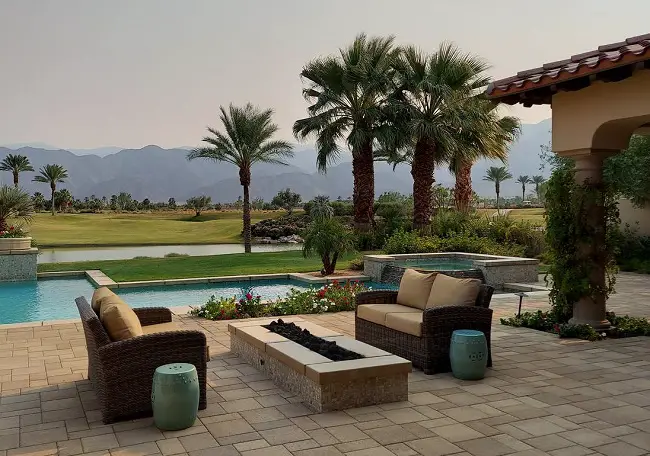
What Causes a Fire Pit to Rust – Tips to Care for Your Freshly Painted Fire Pit
Rusting is a process of oxidation. This is when metal is exposed to oxygen while still wet. Over time, the metal will start to rust away and can get completely damaged.
When caught early, removing the rust is a simple procedure as described above. However, if not caught in time, the rust will eat away at the metal to the point where it cannot be saved.
It is true that different metals will oxidize at different rates. For example, stainless steel will take far longer to show signs of rust compared to cast iron or copper.
But in most cases, your fire pit will contain metal that is subject to rusting.
To maintain your fire pit, you should follow these steps to minimize the chances of rust forming on the metal.
1- Apply the Proper Paint:
You should use Rust-Oleum High Heat Ultra Enamel Spray or the equivalent to the fire pit. Once you have protected the surface, keeping it rust-free means doing the following.
2- Clean After Every Use:
Remove the coals and vacuum away the ash. If you have a garden, spread the ashes atop the soil. This will provide food for your plants to grow.
3- Cover & Oil the Metal:
When not in use, cover the fire pit after it has been cleaned. This will prevent the rust from forming. Before you cover it, apply cooking oil to any exposed metal, as this will limit the contact with the oxygen.
You’ll want to repair any minor damage, remove any small rust spots once you see them, and use the same process to cover and protect your fire pit after every use.
Final Thoughts
It may seem daunting at first, but once you have cleaned and painted your old rusty fire pit using Rust-Oleum High Heat Ultra Enamel Paint, maintaining it will be relatively easy.
With its durable, heat-resistant finish, your fire pit will be protected from rust and wear, allowing you to enjoy its use for years to come. However, regular cleaning and occasional touch-ups will be required to help keep it looking great and functioning well, making the effort worthwhile in the long run.
Share the post "How to Use Rust-Oleum High Heat Paint on a Fire Pit?"
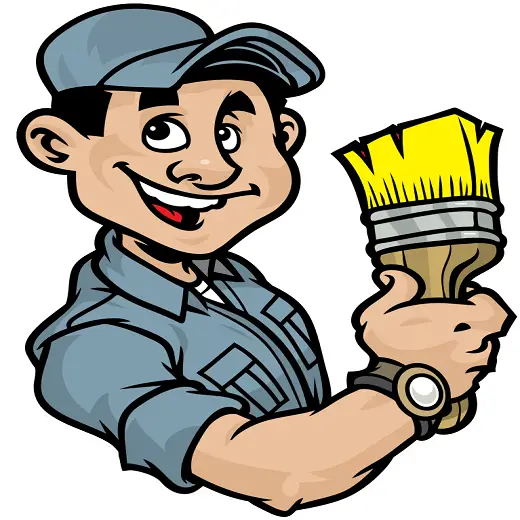
Douglas Becker (aka Painter Doug) has over twenty years of experience as a painter in Adkins, Texas. At present, he resides in Florida with his family.
From painting multi-storeyed houses, condos, and apartments to large commercial buildings and small offices, he had served various customers in areas not only in Adkins but also in Southwest Florida, Sarasota, Naples, and many more. To know more about him check here.
